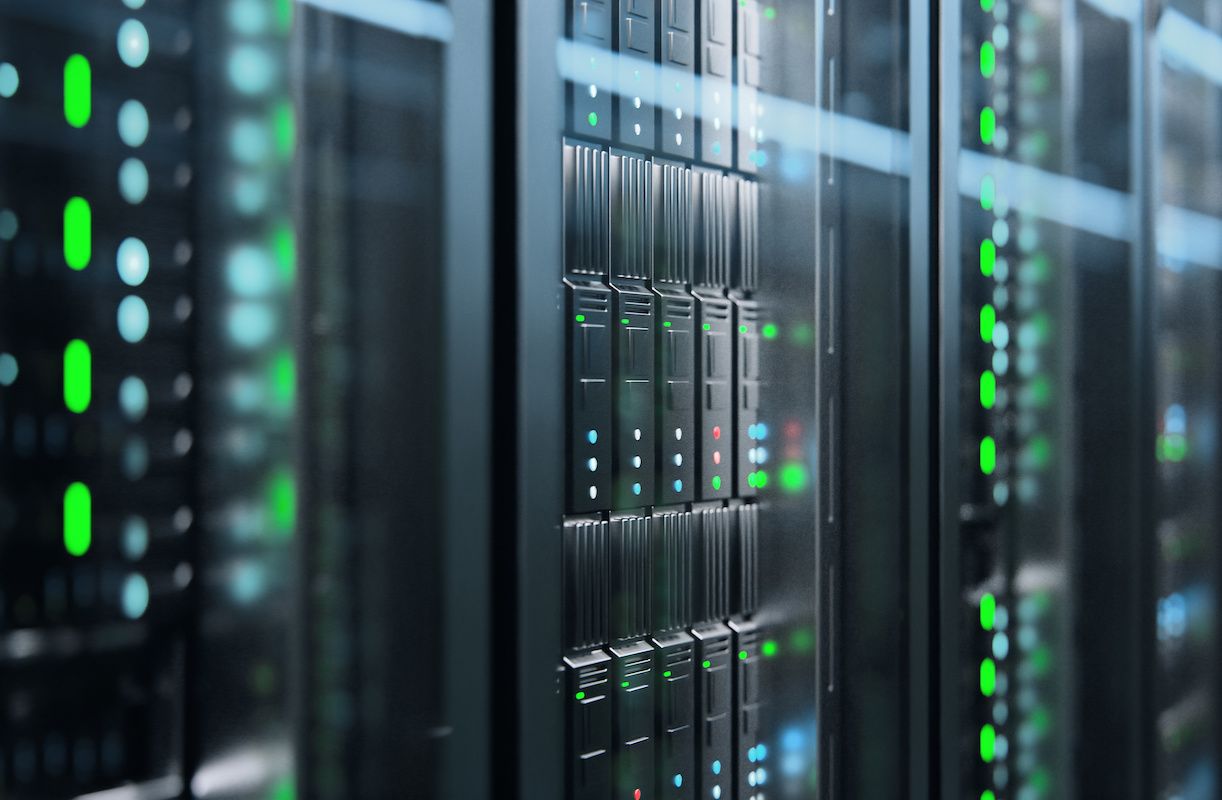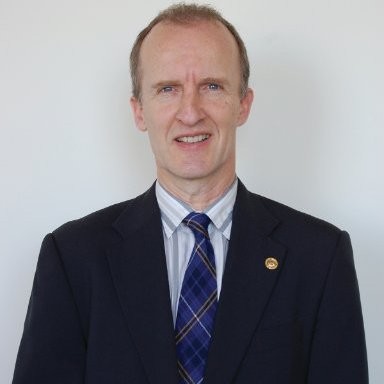Key Factors Driving Data Center Sustainability18 min read

Data center sustainability has become increasingly important in recent years, as the pressure has been steadily building for the past two decades. According to a study by Lawrence Berkeley National Laboratory, the total power consumption of data centers surged by 90% between 2000 and 2005 following the dot.com boom and the Internet becoming an integral part of everyday personal and business life. Between 2006 and 2010, data center power draw internationally grew by another 24%. Something had to be done.
Data centers took action across several fronts. After a decade of unchecked expansion in data center power consumption, the tide began to turn. Between 2010 and 2018 when the number of computing instances grew 6-fold, data center power usage only rose 6%. That accomplishment was brought about due to a few factors:
- Technology improvements such as better CPU efficiency, the implementation of Data Center Infrastructure Management (DCIM) and power management systems, improved data center designs, best practices being implemented for the setup and operation of power and cooling systems, and more.
- Power Usage Effectiveness (PUE) programs that graded data centers against a metric so they could figure out ways to lower power consumption.
- Internal pressure from data centers and their owners to be more environmentally conscious.
These efforts were commendable and should be continued. But they are not enough. Here are some of the factors that are bringing about even deeper change in data center sustainability.
Demand for Change
Investors, shareholders, and the general public are demanding far higher levels of environmental responsibility. 66% of investors now believe it is an organization’s responsibility to demonstrate its Environmental, Social, and Governance (ESG) performance. This applies to data centers, too. It is becoming the norm for anyone considering doing business with a data center or colo to require a document proclaiming their environmental credentials. This includes net zero targets, the amount of power coming from renewable sources, and other sustainability initiatives.
If data centers don’t appear environmentally sound to potential customers, they won’t earn the business. And if they don’t measure up to local requirements or the demands of pressure groups, they may be unable to expand existing facilities or open new ones. For example, a town in North Carolina, a city in The Netherlands, and a county in Ireland have recently blocked data center construction projects. In addition, moratoriums on data center expansion have even been issued by Singapore and Amsterdam due to grid constraints.
Greener Designs
Existing data centers are feeling the heat to add renewable energy sources such as wind and solar, while looking carefully for other ways to reduce their energy draw and raise efficiency. No new project has a chance of approval unless it charts a course toward greater sustainability.
For new build, green building standards such as Leadership in Energy and Environmental Design (LEED) have become an essential aspect of the architectural approval process. LEED 4.1 is the latest standard for green building design, construction, operations, and performance. It addresses the carbon impact of a building, an energy metric taking into account greenhouse gas emissions, proper selection of materials, rainwater management, and more.
Data Center Partnerships
Data centers can make progress acting alone. But they can gain far more ground by partnering with others in the IT, business, utility, and power generation sectors. Case in point: Some are partnering with solar or wind developers to help fund projects which will funnel power to the data center. Where grid constraints are a factor, others are building power plants onsite. Sometimes these serve only internal needs. But the best partnerships have broader impact.
Ford, for example, has opened a combined heat and power (CHP) plant on its Michigan campus to provide power, heating, and cooling for its server rooms, offices, and design centers. It did this in conjunction with the local utility. Both entities share access to the power. The utility runs the CHP plant. It oversized the facility so it could sell excess power to other customers.
If power draw is a big concern, data centers should consider partnerships to bring more power to the area.
Tape’s Role in Reducing Energy Consumption and CO2 Emissions
A recent IDC whitepaper found that storage-related CO2 emissions can be reduced by 43.7% by 2030 (664 million metric tons of CO2 cumulatively) by migrating cold data from hard disk drives (HDDs) to LTO tape. How? Tape consumes 87% less energy than equivalent amounts of HDD storage and lower emissions by 95%. Thus, data centers holding a lot of data are advised to offload cool or cold data that is infrequently accessed from expensive primary storage to more economical and environmentally friendly tape systems.
New Metrics and Standards
PUE made a big difference in raising awareness of overall power draw. But it isn’t broad enough to encompass all that is involved in sustainability. Plenty of other metrics and standards are being bandied around: Carbon usage effectiveness (CUE), water usage effectiveness (WUE), Energy Star programs for energy efficiency, a variety of programs have been proposed by ISO, ASHRAE, and the U.S. Department of Energy, a sustainability metric from Schneider Electric, and AFCOM’s Data Center Efficiency Evolution Program (DEEP) certification.
It is uncertain at this point which standard or metric will come to prominence. But one of them will eventually be embraced by the industry and used to benchmark data centers. Best be ready!
The industry's easiest to install containment!
AisleLok® solutions are designed to enhance airflow management,
improve cooling efficiency and reduce energy costs.
The industry's easiest to install containment!
AisleLok® solutions are designed to enhance airflow management,
improve cooling efficiency and reduce energy costs.

Drew Robb
Writing and Editing Consultant and Contractor
0 Comments